What is a POS System in a Restaurant?
The modern POS system has long evolved from a simple cash register to a powerful and essential restaurant tool — a combination of hardware and software that streamlines restaurant operations, from taking orders to processing payments, to generating reports and keeping track of inventory. With so many options available, it can be overwhelming to choose the right POS system for your restaurant.
Syed Asad
loading...

What Is a POS System in a Restaurant?
You may have worked with a point-of-sale system while serving in a restaurant. Now, when starting your own restaurant, you find yourself needing to know a whole lot more about point-of-sale systems than simply how to run a credit card.
A point-of-sale system, more commonly known as a POS system, is about way more than just receiving payments as they can also play a role in inventory management and sales reports. There are a variety of POS systems for different needs. The issues of how to use the system used in a food truck differ from those of a full-scale restaurant. Hence, you need to focus on how it can work at your establishment.
Virtually all (97%) restaurants in the United States utilize POS systems. The estimated industry value is $4.56 billion (2020) with a CAGR rate of 6.4% through 2028. Thus, POS systems play a central role not only in payment collection but also in ordering and stock management.
This guide discusses the basic components of POS systems. It details various types, pricing factors, and selection criteria. After reading this guide, you will understand how to select the right POS system for efficient processes.
What is a POS system in a restaurant?
A POS system in a restaurant is the system used for making and processing payments. A POS system nowadays is a combination of hardware and software, where popular models consist of a touchscreen, a cash drawer, a printer, and a card reader.
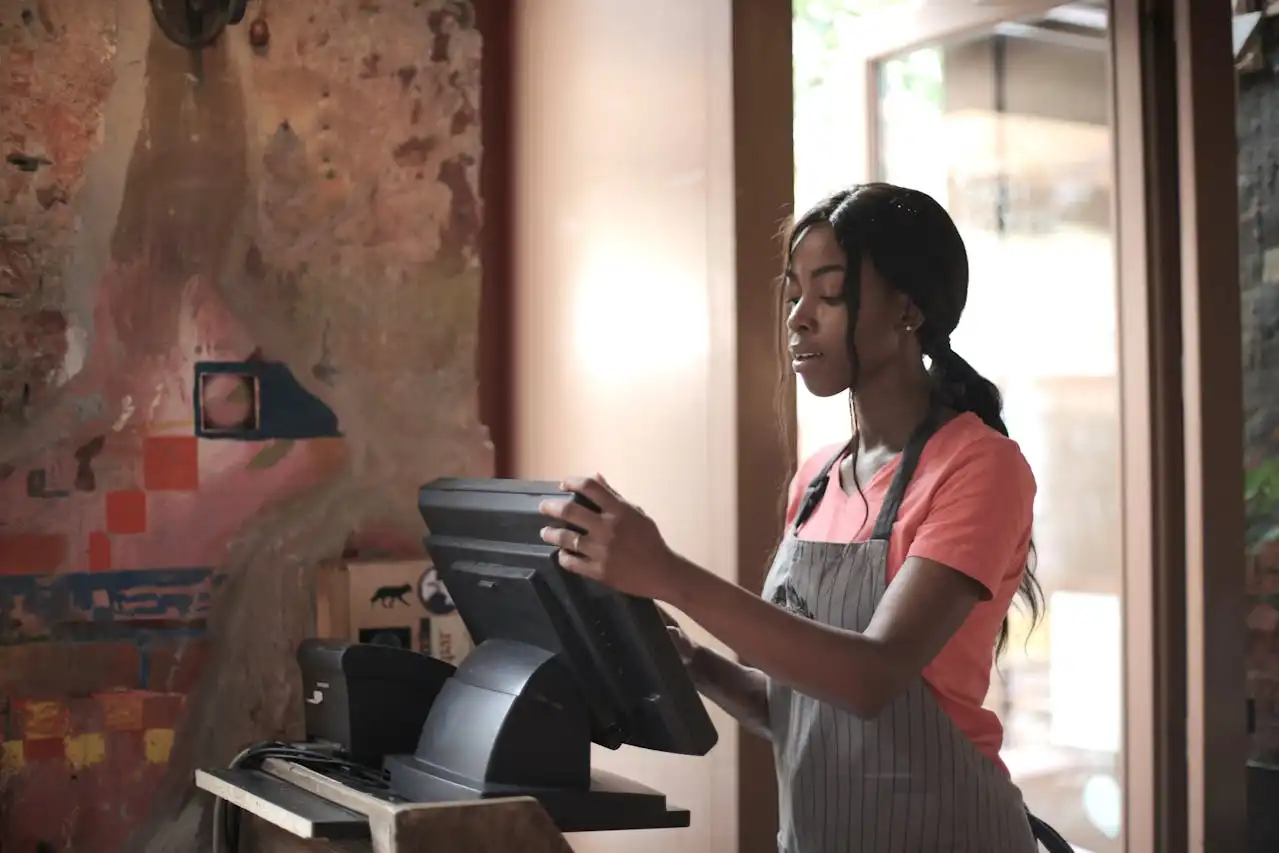
The software manages orders, payments, stock, and client information. Modern POS systems do more than just process payments by streamlining operations and improving the efficiency of the restaurant while enhancing the customer experience as well.
POS systems in restaurants make it easy to customize orders, split bills, and pay tips, as well as connect to kitchen display systems (KDS).
How does a restaurant POS system work?
A restaurant POS system works to better streamline the various operations that happen in a restaurant in order to sell a dish. Staff takes orders, cooks work, and checkouts happen seamlessly. Unlike traditional cash registers, POS systems handle orders, inventory, and sales transactions, too.
Below is how a restaurant POS system works:
1. Order Placed by Customer
Servers enter orders into the POS system using its touchscreen or handheld device. Additionally, servers are not needed to place an order if the POS system integrates with a kiosk that allows customers to place their orders themselves.
If online orders come in, they appear on the POS system as well.
If there are special requests like extra toppings, the POS system allows for these modifications.
2. Order sent to the kitchen.
The confirmed order is sent to the kitchen display or printed out.
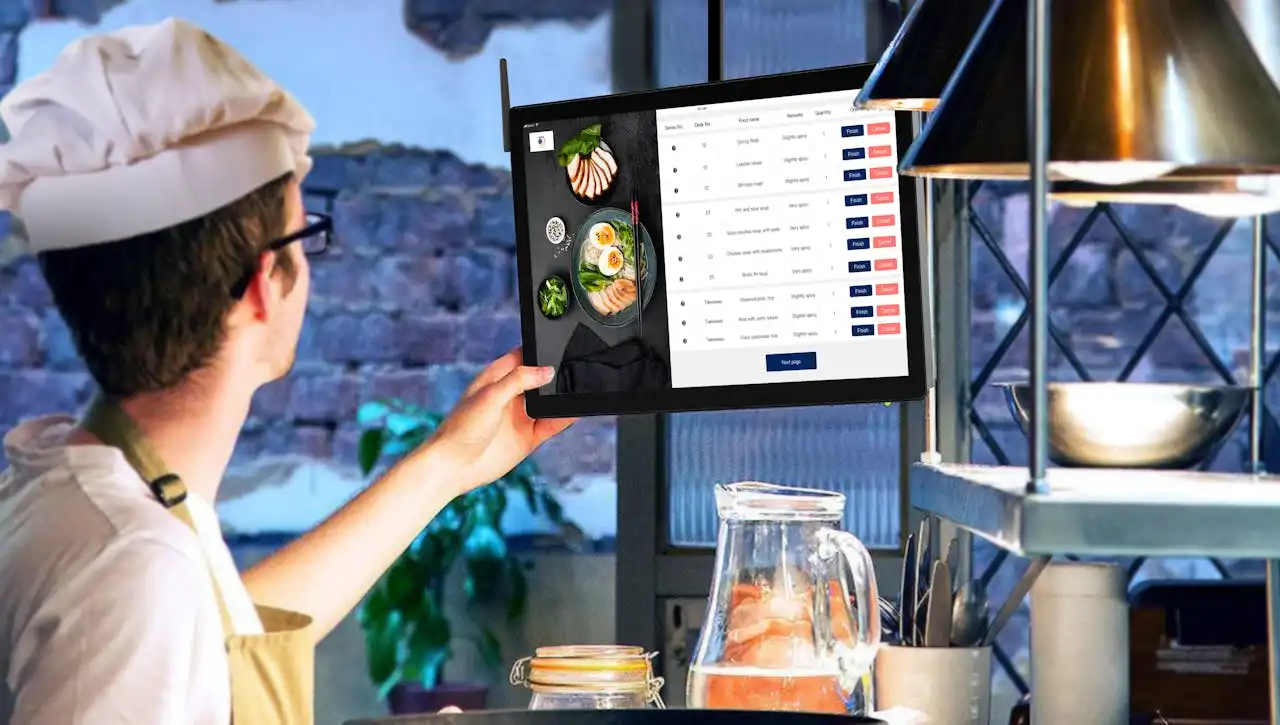
Cooks see real-time updates on what to prioritize cooking first.
Pacing is organized for multi-course or timed meals, between appetizers, main courses, and desserts.
3. Payment Processing
The POS system keeps a running total, with taxes and tips shown in the final bill.
Payment options include cash, credit cards, mobile wallets (Apple Pay, Google Pay), or QR codes.
Split payments can be done by item, percentage, or equal amounts.
4. Receipt Generation
Customers get printed or digital receipts.
Digital receipts reduce paper waste.
5. Sales, Inventory, and Reporting Updates
The POS system updates the inventory automatically after each sale.
Sales reports can optionally be generated for revenue and busy hours.
Employee sales can be tracked by server or cashier.
Cloud-based systems allow owners to see sales anywhere in real time.

6. Customer Relationship and Loyalty Management
Some POS systems have or can integrate with customer relationship management (CRM) tools.
A POS system that is paired with CRM capabilities can be used to motivate returning clients with discounts, points, or special offers.
Personalized email campaigns can be sent based on order history.
How a POS system functions behind the scenes.
A restaurant POS system is a group of parts working together. It has these parts:
The POS terminal is the touchscreen or handheld device where staff enter orders and accept payments.
The payment processor controls credit card exchanges and talks to banks to request approval.
The kitchen display system (KDS) gets new orders and arranges them for the cooks.
The cloud dashboard shows sales numbers, counts of what is in stock, and business reports.
The Role of Cloud-Based and Mobile POS Systems
Restaurants have different needs, so POS systems are mobile and cloud-based.
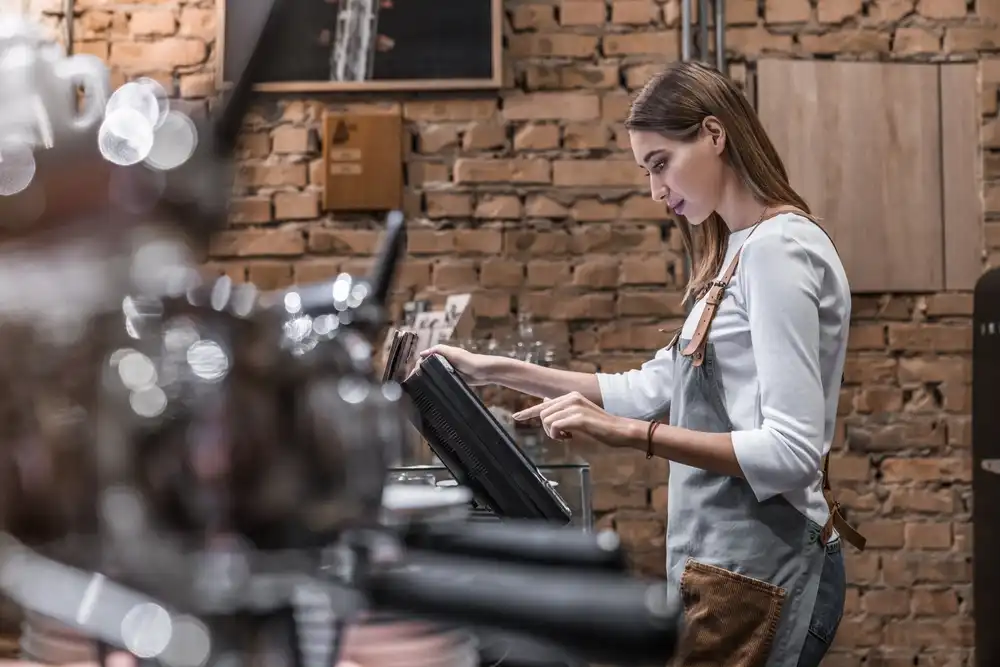
Food trucks, pop up restaurants, and small cafés use mobile tablets and phone POS systems for flexibility.
Whole restaurants use cloud-based POS platforms to share across all devices and locations.
Self-order kiosks with QR code ordering let customers order directly from their phones for less wait time.
Can customers pay for their food only with a POS system?
A POS system not only processes payments, but also serves as a multipurpose tool for restaurants, but it also works as a multipurpose tool for restaurants. It helps in getting orders, looking after the kitchen, keeping track of money, managing relationships with customers, and having enough stock.
Present-day POS systems accept different payment types like credit or debit cards, mobile wallets, and contactless.
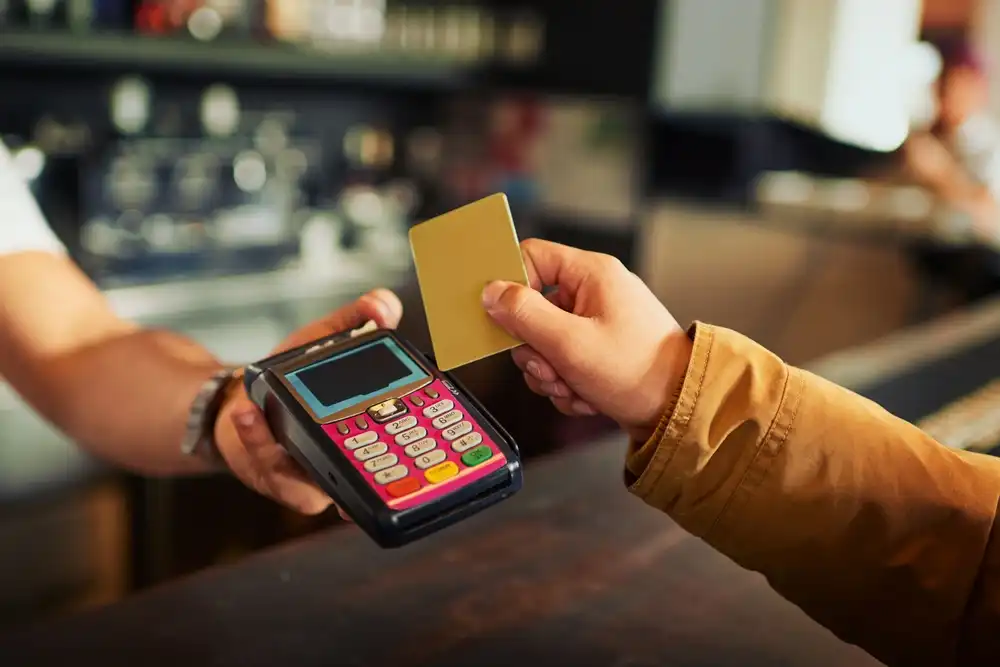
POS systems make sure orders go to the kitchen correctly to avoid mix-ups and provide quicker service. They enable the owners of restaurants to make fact-based choices regarding staffing, pricing, and stock.
POS systems help in retaining old customers records, thus assisting the owners in marketing. They are more advanced than simply cash registers, as they help in managing the daily functioning of restaurants in a better manner.
Why would a restaurant choose to implement a POS system?
A restaurant today must use a good POS system. It makes things easier.
1. Faster, more efficient order-taking and payment processing
Outdated ways of taking orders, such as handwritten notes or oral instructions, can result in errors occurring with frequency. Those working in restaurants can enhance precision in order-taking with a POS system that records orders digitally, sends them right away to the kitchen, and logs orders through a KDS or printer. With multiple payment alternatives like contactless payment options, split bills, gift cards, and online ordering, service for the diners goes along faster.
Result: The service is rendered quickly; there are fewer errors, and customers don t have to wait long, thus making them more satisfied. Customers who are satisfied are more likely to become repeat customers.
2. Reduction in Human Error and Labor Costs
Errors can happen when entering data into computers by hand, leading to misplaced orders or wrong bills. A POS system will do calculations, taxes, and menu changes automatically; therefore, it eliminates these hazards.

Using a POS system can help you control labor costs by scheduling employees according to demand during busy and slow times.
This means lower labor costs, fewer mistakes in orders and payments, and a better staff balance.
3. Automated Inventory Management
To avoid food spoilage, restaurants need to manage their perishable inventory closely. The POS system does the tracking for you automatically as ingredients are sold and warns when stock levels are low.
Some high-level systems even predict demand based on past sales so you won t order too much food that could go bad.
This results in less wasted food, proper stock levels, and cost savings from good inventory management.
4. Using data to make better choices
For owners of restaurants, POS systems work not just to take orders. They also record important data showing how business is doing. For example, they show what dishes are popular or unpopular, when the busiest times are, and what customers usually spend.
Cloud-based systems allow owners to see reports about sales from anywhere. This makes it simple to monitor how the business is performing and plan for growth.
This leads to better decisions, improved menu pricing, and increased profits.
5. Seamless integration with online ordering and delivery services.
Some POS systems can optionally connect to services such as DoorDash or Uber Eats. So, all orders, dine-in or delivery, go through one system. This keeps everything organized.
Result: Fewer mix-ups, more online sales, and an easier workflow.
6. Improved Customer Experience and Retention
POS systems can also help build relationships with customers by:
Keeping track of their preferences and past orders.
Offering loyalty programs and rewards.
Sending follow-up messages or discounts.
Result: More loyal customers, repeated buying, plus higher customer worth.
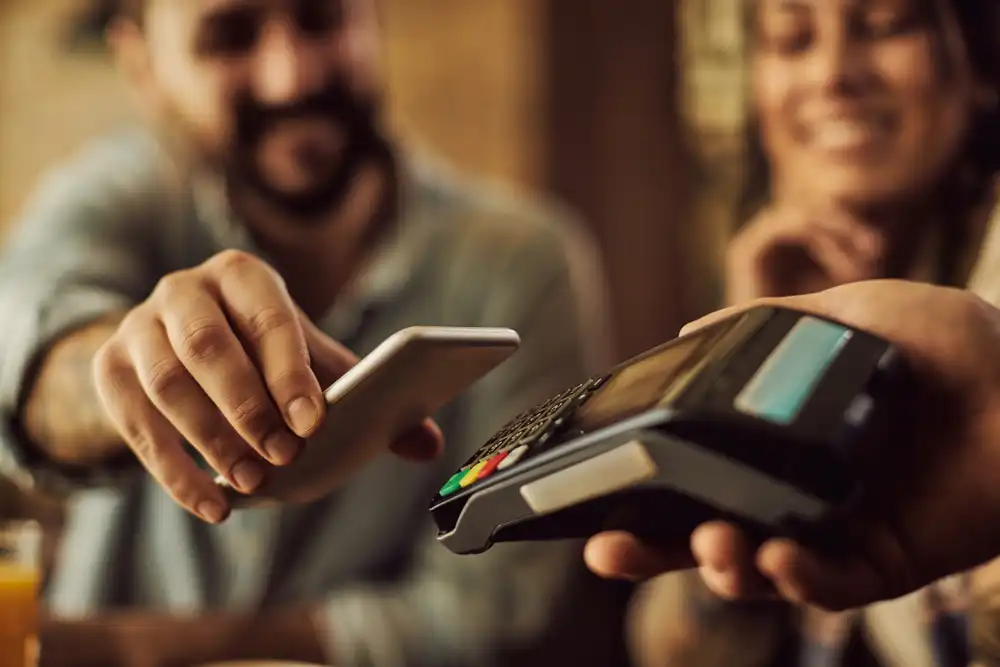
Because there are lots of POS systems out there, various restaurants should understand their distinct feature requirements.
Types of POS Systems & Their Pros and Cons
| Type of POS | Advantages | Disadvantages |
|---|---|---|
| Cloud-Based POS System |
|
|
| Mobile POS (mPOS) |
|
|
| Tablet POS |
|
|
| Kiosk POS |
|
|
| Legacy (On-Premise) POS |
|
|
| Handheld POS |
|
|
| Multichannel POS |
|
|
| Terminal POS |
|
|
How a POS system provides actionable insights for restaurant success.
A modern POS system can assist restaurants in tracking sales. It indicates which items are most liked and which require alterations. Thus, restaurants can modify their menus based on real information rather than simply guessing.
Moreover, POS systems can create sales reports that help managers analyze busy time periods. This information assists in determining staff scheduling, stock levels, and setting prices to earn more profit.
The data from a POS system can help identify high-profit menu items. Restaurants become efficient, reduce waste, boost revenue, and improve customer experience with these insights.
How difficult is it to learn a POS system?
Learning to use a POS system is not hard. With time, you will find it very easy once you understand how the system works. All you need is an interest in understanding the workings of POS systems as your first step toward being successful in training.
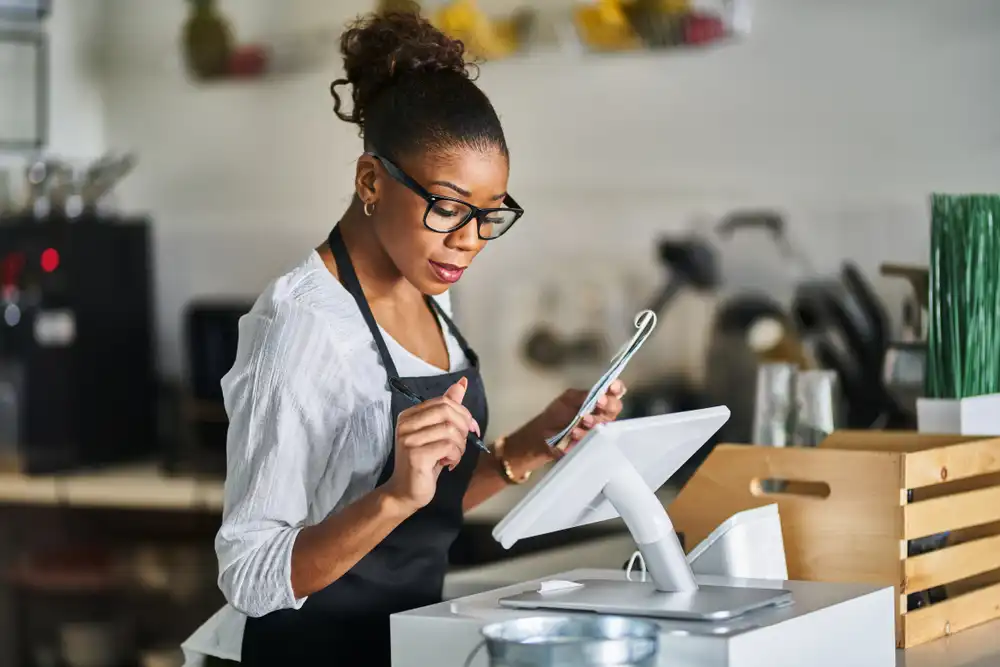
Modern POS systems have touchscreens that are easy to use. Staff can learn quickly without much training.
Providers offer training and support via videos, manuals, and live help. The goal is that the POS system is easily and quickly adopted by the staff, which in turn leads to greater efficiency in restaurant operations, which then, in turn, leads to more sales.
Custom settings on POS systems fit restaurant workflows. A tailored system makes it easier for staff to do tasks without getting confused.
Some staff may adapt quickly, while others may need more hands-on help in the beginning.
The basic parts, like taking orders and payments, are simple, but things like checking stock and reports take some time to learn.
Small restaurants might train for hours. Big ones may take several days before all staff can use it well.
Key takeaway: you'll find that your staff will quickly pick up on how to use a POS system, but be sure to consider what type of training and support is provided by the POS system provider. Take the time to familiarize yourself with the specifics of the POS system that you choose.
POS System Network Needs: Connection, Stability, and Offline Help
There are different kinds of POS systems. Cloud-based POS systems will need Internet access, so having WiFi, for example, is a requirement without exception. Built into the functionality of some cloud-based POS systems is the ability to work in an offline mode if there is a loss of Internet connectivity. This provides a safety net where transactions can still happen on the hardware until the Internet returns and data can then be sent to the cloud for permanent storage. Old-school POS systems, like those with a dial-up modem, are not common nowadays. Mobile POS systems for restaurants use cellular service, such as 4G or 5G, as backup.
When the network is down, offline-capable POS can still take cash and some cards, saving data for later processing. Not having offline options is a problem, as it halts sales. Backup plans include secondary internet or hotspot; reliable connections are key to smooth operations.
Final Thoughts
POS systems do much more than process payments. They can simplify operations as well. This is true whether you are starting out with a restaurant or optimizing an existing one.
A great POS system becomes a natural extension of your restaurant's ability to manage inventory, track sales, allow for a more friction-less experience for customers when it is time to pay, and based on the data that it makes available to you, can help influence menu engineering.
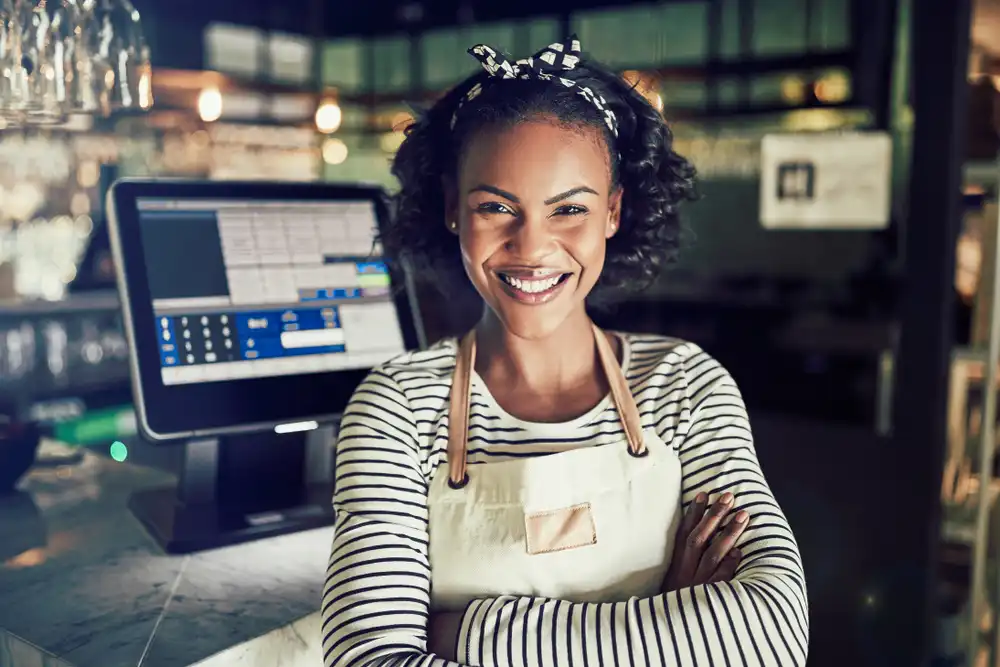
Now that you are informed on what is a POS system in a restaurant and how a restaurant POS system works, take the time to visit the websites of the vendors that we've linked you to in this article and see which is right for your budget and needs.
©2025 Cocina Digital Hospitality Group, Inc. All rights reserved.
No part of this publication may be reproduced, stored in a retrieval system, or transmitted in any form or by any means, electronic, mechanical, photocopying, recording, or otherwise, without the prior written permission of the publisher.
We use cookies to enable you to use our site, understand how you use our site, and improve your overall experience.
Cookies allow us to personalize content, track which pages are most popular and least popular, and provide advertising that may be relevant to you.
Please note that cookies that are essential to the proper functioning of the site are required and cannot be disabled.
They are usually only set in response to actions made by you which amount to remembering your settings, a request for services, such as setting your privacy preferences, logging in, or filling in forms.
As such, they are the only cookies that are enabled by default.
You can set your browser to block or alert you about these cookies.
By continuing to use our site, you accept our use of cookies.